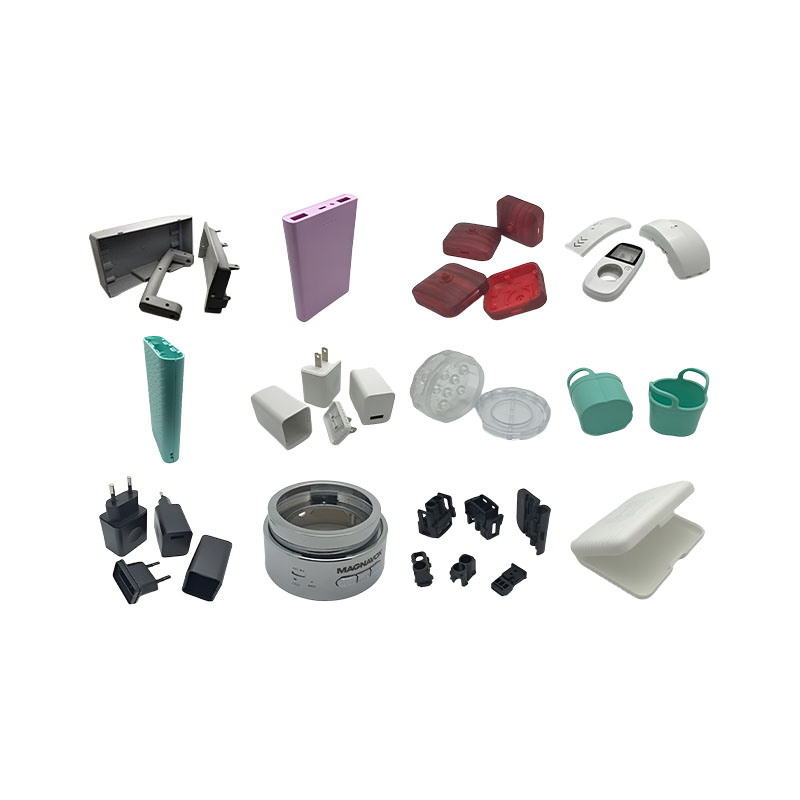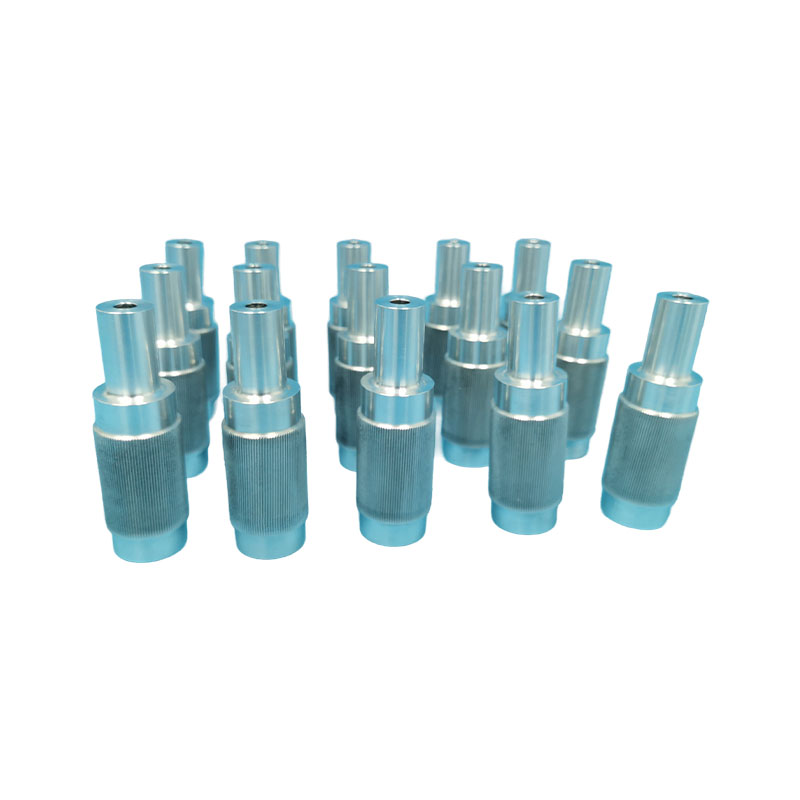How to control the thermal deformation of the workpiece during aluminum CNC turning?
Release Time : 2025-11-05
In aluminum CNC turning, thermal deformation is one of the key factors affecting machining accuracy. Due to the high coefficient of thermal expansion of aluminum, cutting heat is rapidly conducted to the workpiece, leading to localized expansion or overall dimensional deviations. Controlling thermal deformation requires a comprehensive approach encompassing multiple dimensions, including optimizing cutting parameters, tool selection, cooling strategies, and process design.
Properly setting cutting parameters is the primary step in controlling thermal deformation. Cutting speed, feed rate, and depth of cut directly affect the generation and conduction of cutting heat. While high-speed cutting can improve efficiency, excessively high cutting speeds exacerbate heat accumulation, leading to increased workpiece temperature; conversely, excessive feed rates may increase thermal stress on the workpiece due to frictional heat generation. In practice, it is necessary to determine a parameter combination that balances efficiency and thermal control through experimentation, based on the aluminum grade and workpiece structure. For example, using a medium cutting speed with an appropriate feed rate can reduce the heat generated per unit time, while layered cutting can reduce the heat input per single cut.
Tool geometry plays a decisive role in the generation and conduction of cutting heat. A larger rake angle reduces cutting deformation, lowering cutting force and heat; however, an excessively large clearance angle may weaken tool rigidity, leading to increased vibration. For aluminum CNC turning, a larger rake angle is typically chosen to improve cutting sharpness, while the clearance angle needs to balance heat dissipation and wear resistance. Furthermore, the choice of tool material is equally crucial. Carbide tools, due to their good thermal conductivity and high wear resistance, are a common choice for aluminum machining; coated tools, by reducing the coefficient of friction, can further reduce cutting heat.
Cooling strategies are a direct means of controlling thermal deformation. Cutting fluids, through cooling, lubrication, and flushing, can effectively reduce the temperature of the cutting zone and decrease thermal stress. For aluminum CNC turning, emulsions are the mainstream choice due to their good cooling effect and low cost; while high-pressure cooling systems, by enhancing the permeability of the cutting fluid, can more efficiently remove heat. In practical applications, the cooling method must be selected according to the required machining accuracy: high-pressure, high-flow-rate cooling can be used for rapid cooling during roughing; during finishing, the coolant flow rate must be controlled to avoid uneven workpiece shrinkage due to sudden temperature changes.
Process design has a global impact on controlling thermal deformation. Symmetrical machining, by dispersing cutting heat, avoids localized deformation caused by heat concentration, and is particularly suitable for large aluminum parts. Layered, multi-stage machining reduces thermal stress caused by excessive material removal in a single cut. Furthermore, the proper arrangement of roughing and finishing sequences is equally crucial: leaving appropriate allowance after roughing and releasing internal stress through natural or artificial aging can significantly reduce the risk of thermal deformation during finishing.
Fixture design is also essential for controlling thermal deformation. Excessive or uneven clamping force can lead to localized workpiece deformation, especially in the machining of thin-walled aluminum materials. Using vacuum chucks or elastic clamps, by evenly distributing clamping force, can reduce thermal stress concentration caused by clamping. Simultaneously, the selection of clamping materials must consider the coefficient of thermal expansion to avoid positioning deviations due to differences in thermal expansion between the clamp and the workpiece.
Environmental control is a latent factor in thermal deformation management. Fluctuations in workshop temperature directly affect the thermal expansion and contraction of aluminum materials, especially in precision machining, where the ambient temperature needs to be kept stable within a small range. By installing air conditioning systems or localized heating devices, a constant processing temperature can be maintained, reducing workpiece dimensional deviations caused by changes in ambient temperature.
Thermal deformation control in aluminum CNC turning needs to be integrated throughout the entire machining process. From cutting parameter optimization, tool selection, and cooling strategies to process design and environmental control, every step must revolve around thermal management. Through systematic thermal deformation control measures, the machining accuracy of aluminum materials can be significantly improved, meeting the demands of high-precision manufacturing.







